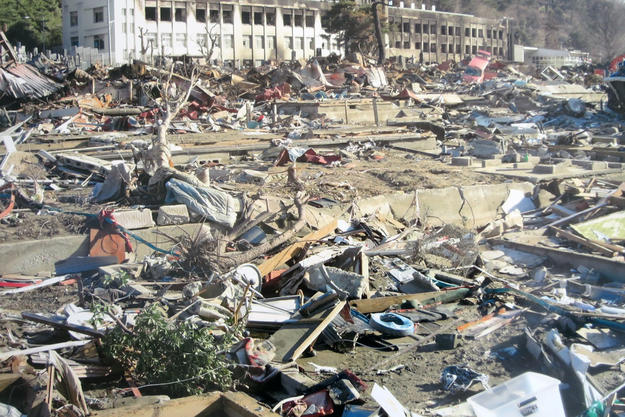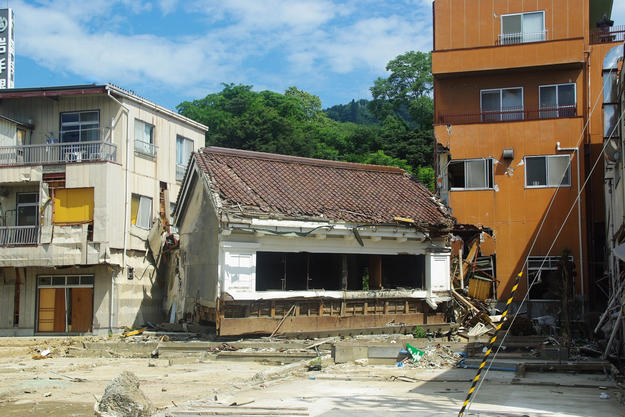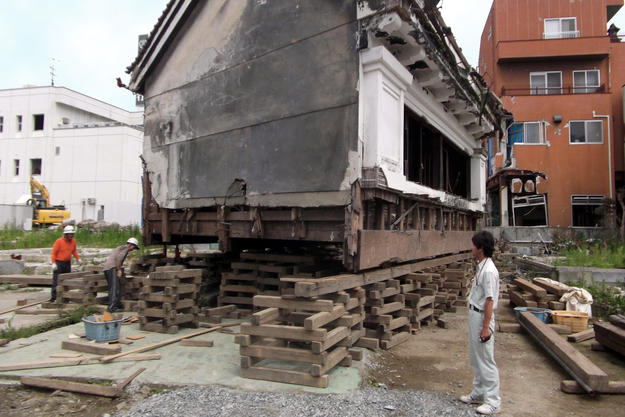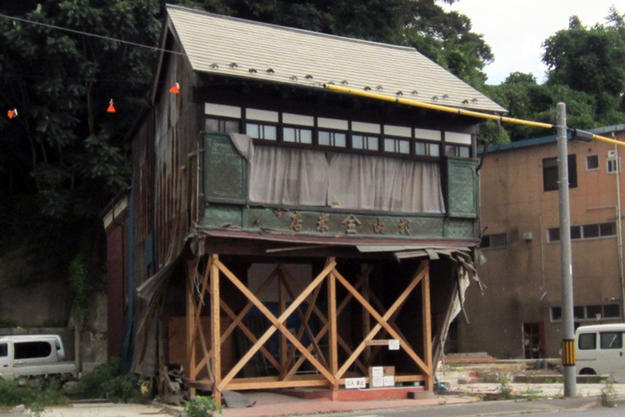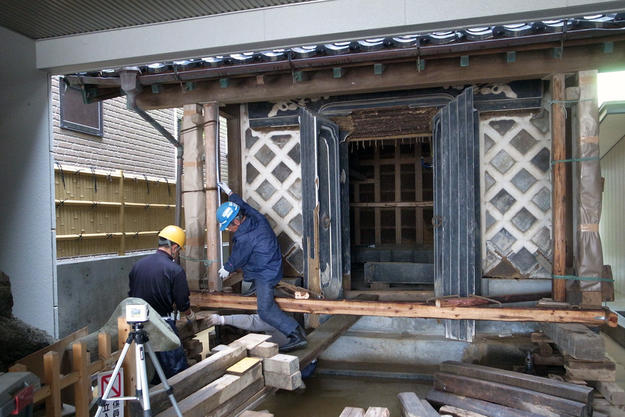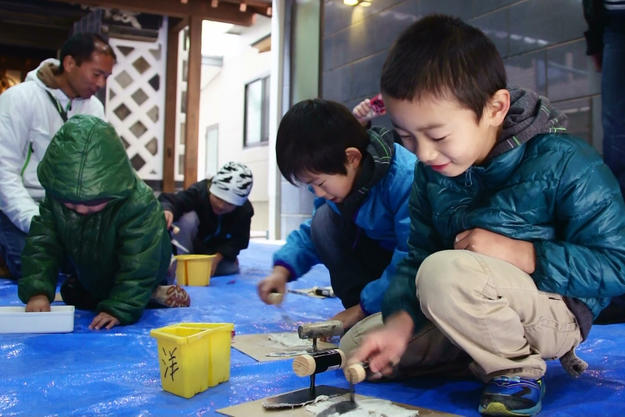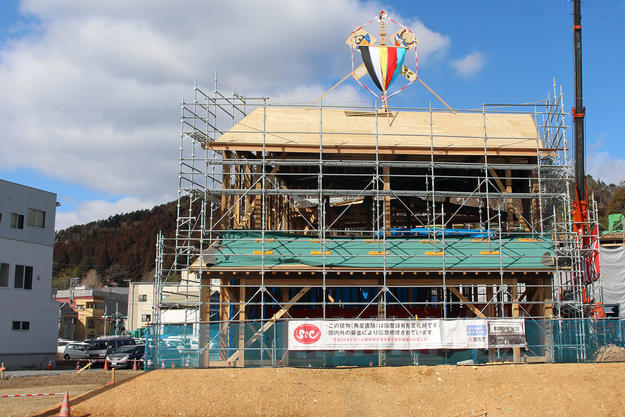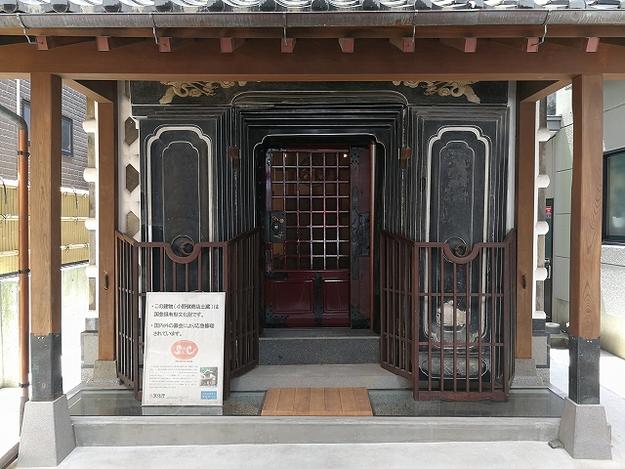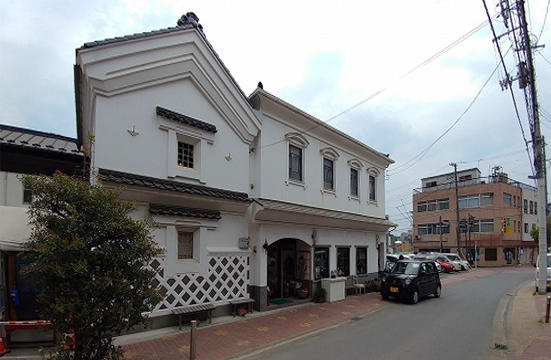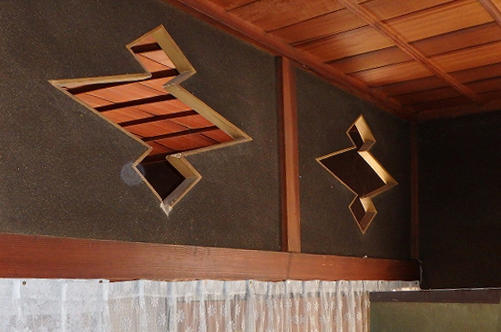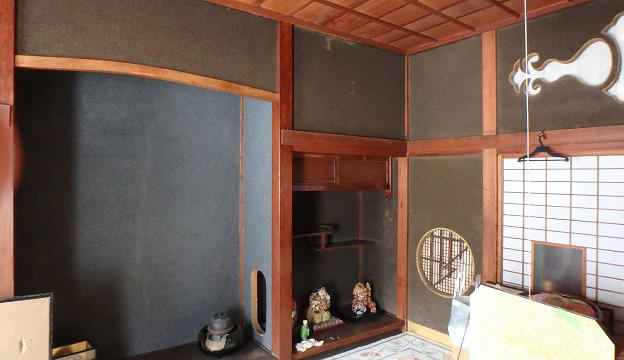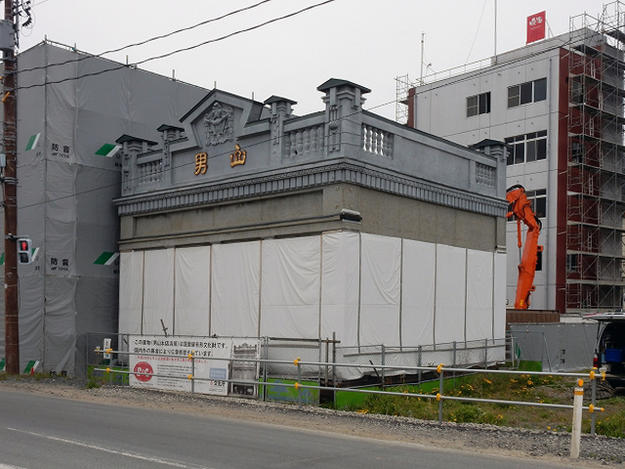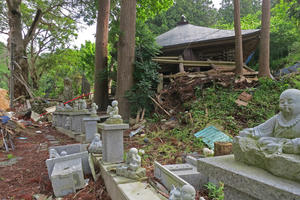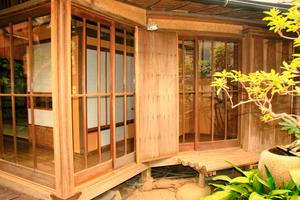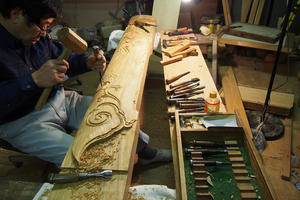Site History and Significance
A Historic Coastal Town
Kesennuma’s long-standing historic significance began during medieval times (from the twelfth to the sixteenth century) when it was a shipping port for gold produced along Japan’s Golden Trail, which leads to Hiraizumi at its western end. Kesennuma continued to prosper in the Edo period (from the seventeenth to the nineteenth century) as a post station, and then as a fishing port beginning in the twentieth century. Fires devastated the community in Taisho 4 (1915) and Showa 4 (1929), but with relentless effort, most of Kesennuma’s historic structures were recovered or rebuilt immediately after both disasters.
Our Involvement
2012 and 2014 World Monuments Watch
Then, on March 11, 2011, a powerful earthquake and tsunami struck the northeast coast of Japan, almost completely destroying Kesennuma’s historic structures and fishing port. The coastal city and other damaged traditional buildings and historic townscapes in the area were listed on the 2012 and 2014 World Monuments Watch as the East Japan Earthquake Heritage Sites.
Restoration of a Historic Cityscape
The restoration of Kesennuma became a high priority both at the local and national levels because of the severity of the tsunami in Japan’s Tohoku (northeast) area. Starting in 2013, World Monuments Fund (WMF) worked with the Kesennuma Kazamachi Cityscape Preservation Association for Community Recovery (KKCPA) on the restoration of six historic buildings, including machiya (traditional townhouses), dozo (traditional storehouses), and examples of Kesennuma’s landmark early modern architecture.
A Revitalized Community
The restoration of these endangered historic buildings, all nationally registered Cultural Properties owned and maintained by the same families since their original construction, not only restores their cultural heritage value but also helps to rebuild the community devastated by the earthquake and tsunami in 2011. Among the six historic buildings in the Kesennuma Historic Cityscape project, Kakuboshi Store was completed in 2016, and the restoration of Onoken Store Dozo and Sanji-do Sasaki Store were completed in the summer of 2017. In addition, Takeyama Rice Store was completed in 2018, Otokoyama Headquarters was completed in June 2020, and Chida House in fall 2020.
To resume their family businesses as before, the owners of the buildings intended to put them in service as galleries, a fishery or rice museum, and a community event venue. In the case of Onoken Dozo, the entire space was used, and in the other five buildings, partial space was used. These historic structures serve as community hubs to showcase the history of the district and encourage its post-disaster vitality.
Recognition by UNESCO
In December 2021, a decade after the devastating tsunami, the Kesennuma Historic Cityscape project was honored with the Award of Distinction at the UNESCO Asia-Pacific Awards for Cultural Heritage Conservation, as well as a Special Recognition for Sustainable Development. The Asia-Pacific Awards, which recognize efforts of private individuals and organizations in preserving structures of distinct heritage value in the region, honored WMF and KKCPA in recognition of the project’s extraordinary technical achievements and skill in setting up seismic retrofitting, the recovery of building components washed away by the tsunami, and the use of vernacular construction techniques.
Learn More
World Monuments Fund safeguards cultural heritage around the globe, ensuring our treasured places are preserved for present and future generations.
Sign up for our newsletter to receive regular updates on our projects, stories from the field, upcoming events, and more!
![]()
This project has been supported, in part, by The Freeman Foundation, American Express, Hermès Japon, Save Our Culture (SOC), and national and local government agencies in Japan.

